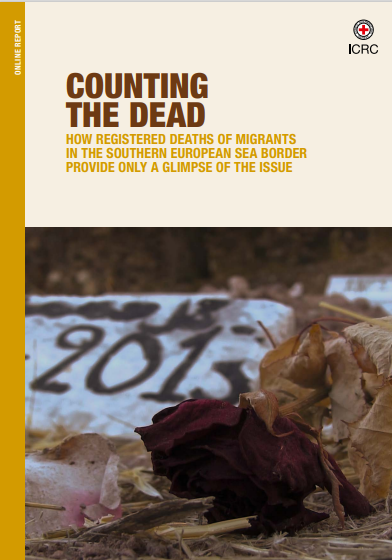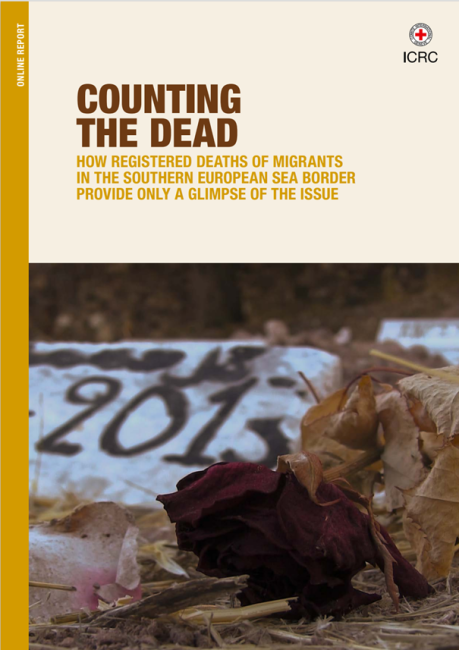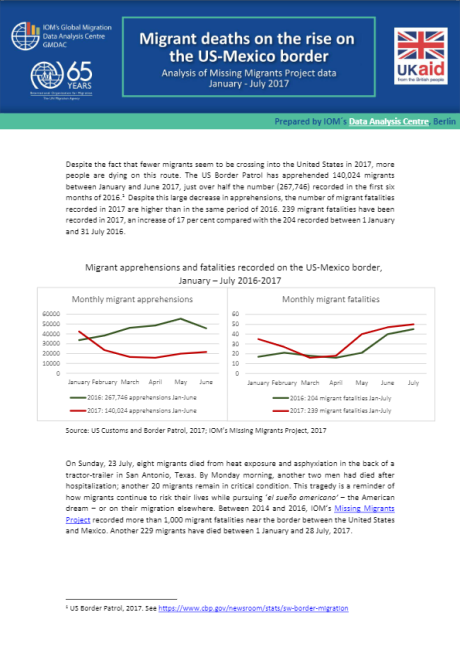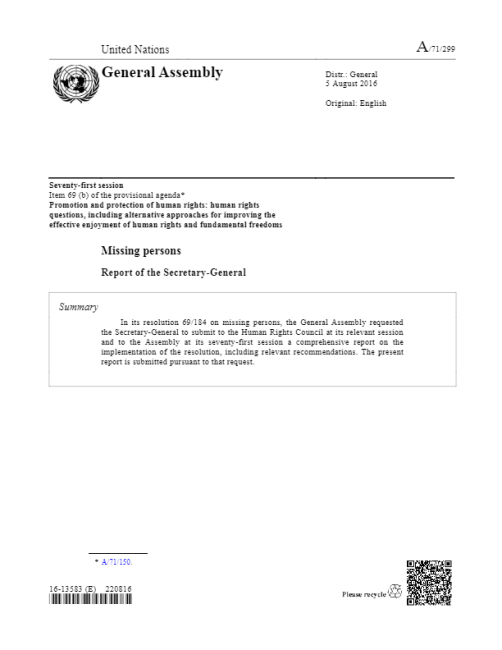Migrant Deaths in Southern Arizona: Recovered Undocumented Border Crosser Remains Investigated by the Pima County Office of the Medical Examiner 1990 - 2020
Thousands of undocumented border crossers have died while attempting to cross the US-México border since the 1990s. Prior studies have found that these deaths are a consequence of increased border enforcement efforts as well as of economic, political, and social conditions in immigrant-sending countries and in the United States. The present study contributes to this expanding body of literature. Drawing on data from the Pima County Office of the Medical Examiner (PCOME), we provide information on the recovery of human remains either known or believed to be of undocumented border crossers in southern Arizona between FY 1990 and 2020. We find that during this period the remains of at least 3,356 undocumented border crossers were recovered in the region, with the majority being found since 2005. US Border Patrol apprehensions, which immigration scholars often use as proxy for undocumented migration trends, have decreased in that agency’s Tucson Sector since the mid-2000s. However, the rate of recovered remains of undocumented border crossers has largely increased even as apprehensions have declined, which is a dynamic that suggests undocumented migration in southern Arizona has become increasingly dangerous. We also find that the remains of undocumented border crossers were increasingly recovered from more remote areas of southern Arizona over time, which further supports this assertion. The PCOME records we examined over our study period suggest that migrants who have died in southern Arizona are largely male (84%), and, among identified decedents, 20-49 years of age (82%) and from México (80%). Most perished due to exposure (38%) or an undetermined cause of death (48%), and were successfully identified post-mortem (64%). Nevertheless, as highlighted throughout this report, we find important changes in the breakdown of these factors across time, for which we offer possible explanations. Our hope is that policymakers and the public will consider the data presented in this report, as access to empirical evidence is crucial when formulating public policy and when addressing the root causes of critical social concerns such as border-crosser deaths along the US-México border.
This report analyzes the numeric trends and demographic characteristics of recovered human remains of undocumented border crossers in the geographic area covered by the Pima County Office of the Medical Examiner, which is located in the city of Tucson, Arizona (see MAP 1). This office provides medico-legal death investigation for most of southern Arizona (Anderson 2008) and provides services to the counties of Pinal, Gila, Navajo, Apache, and Greenlee, as needed. The Pima County Office of the Medical Examiner has been responsible for the examination of approximately 95% of all undocumented border crosser remains discovered in Arizona over the past two decades (Humane Borders 2020). The data discussed in this report come from the Pima County Office of the Medical Examiner and were up-to-date as of January 31, 2021.






